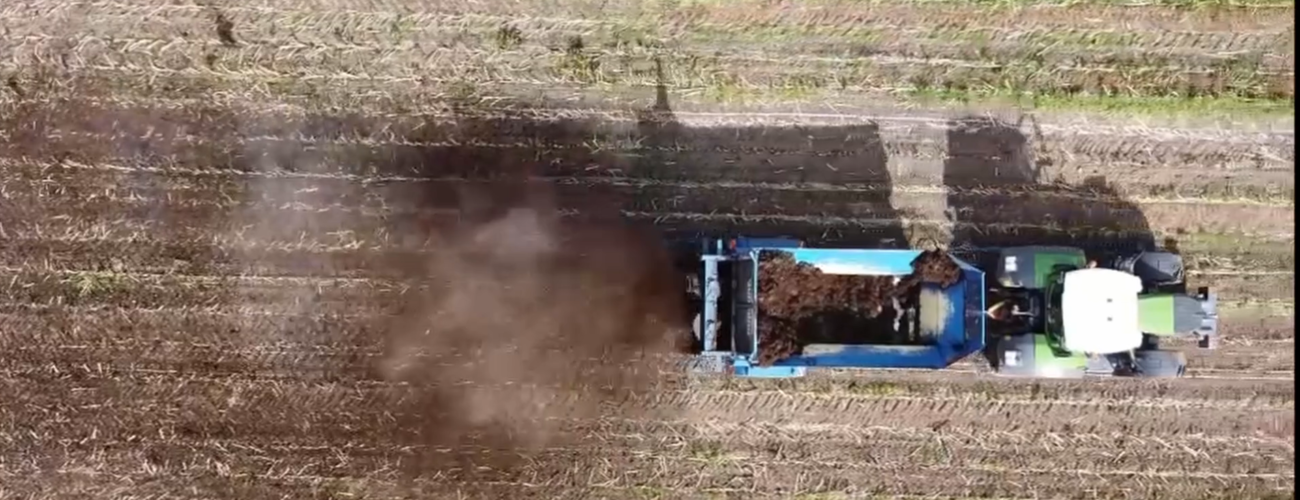**Topdressing Hay Crops with Manure: A Guide to Application**
**Introduction**
As the growing season progresses, farmers face the challenge of managing their manure storage and determining the optimal application methods for their hay crops. Topdressing hay fields with manure can provide significant benefits, but it’s crucial to understand the best practices to maximize effectiveness and minimize any potential risks.
**Benefits of Manure Topdressing**
* **Improved Soil Fertility:** Manure is rich in organic matter, nitrogen, phosphorus, and potassium, which can enhance soil health and promote vigorous plant growth.
* **Reduced Fertilizer Costs:** Topdressing with manure can reduce or eliminate the need for additional chemical fertilizers, saving farmers money and protecting the environment.
* **Improved Yield and Quality:** Manure application can boost hay yields and enhance its nutritional value, leading to increased productivity.
**Selecting Suitable Hay Fields**
The best candidates for manure topdressing are grass fields and older alfalfa-grass stands with at least 50% grass cover. Avoid spreading manure on spring seedings or newly established alfalfa stands to prevent damage.
**Application Rate**
The appropriate manure application rate depends on the solids content of the manure. For typical manure with 5-8% solids content, 4,000-6,000 gallons per acre is recommended. Exceeding these rates may damage alfalfa stands.
**Timing of Application**
Apply manure as soon after the first hay harvest as possible to maximize nutrient availability. Research indicates no significant yield differences when manure is applied immediately or three days after harvest. However, delays of seven days or more may lead to slightly lower yields.
**Manure Pathogens**
Manure can contain pathogens that may pose a health risk if not properly managed. Harvested hay should not be used for dry hay if manure is applied long after regrowth has begun. However, research has shown that pathogens are killed when alfalfa-grass is harvested and preserved as silage.
**Equipment Considerations**
Proper equipment is essential for effective manure spreading. Vertical feed mixers or manure spreaders designed to handle manure uniformly are recommended. These machines can provide precise application rates and minimize damage to hay plants.
**LEO Agriculture: Your Partner in Manure Management**
LEO Agriculture is a global manufacturer and distributor of high-quality feed mixers and manure spreaders. Our LEO Ag Machines are engineered to deliver exceptional performance and reliability, ensuring efficient and effective manure management.
We can distribute our equipment to most countries and offer competitive quotations along with excellent customer service. Contact us today for a consultation or quotation, or to become a distributor.
**Disclaimer:**
This article is written by AI and may contain inaccuracies. Always consult with a LEO Agriculture professional for the most accurate and up-to-date information. Use of any trademarks does not imply endorsement or distribution of those parts by LEO Agriculture.
Visit www.leo-ag.com for more information.
Key Words: Topdressing, Manure, Hay Crops, Soil Fertility, Reduced Fertilizer Costs, Improved Yield, Quality, Suitable Hay Fields, Application Rate, Timing of Application, Manure Pathogens, Equipment Considerations, Vertical, TMR, Feed, Mixer, Manure, Spreader, LEO, Agriculture
Visit https://leo-ag.com/ for more information.
If trademarks have been used in this AI article they do not belong to LEO and the represented company does not manufacture, distribute or endorse these parts,machines, or articles. They have no affiliation with LEO and probably dislikes us.

